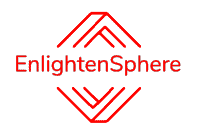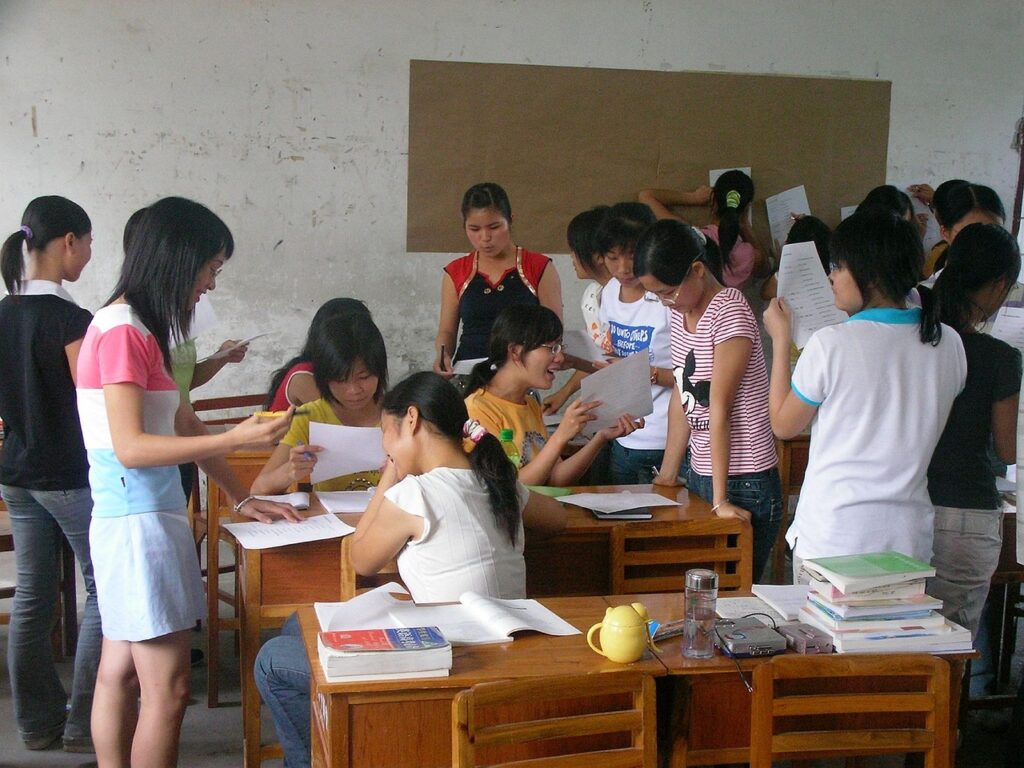Driving student achievement is the cornerstone of every educator’s mission. As teachers, we strive to create a dynamic classroom environment that is full of engagement and inspires our students to reach their full potential. By implementing effective instructional strategies, we can foster a love for learning, promote critical thinking skills, and propel student achievement to new heights. In this blog post, we will explore a range of strategies and techniques that educators can employ to drive student achievement in their classrooms. But before we delve into the strategies, let’s start with a lighthearted story to set the stage.
A Humorous Story: The Tale of the Mischievous Whiteboard
Once upon a time, in a bustling classroom filled with eager students, there stood a mischievous whiteboard. This whiteboard had a mind of its own, always finding ways to play tricks on the unsuspecting teacher, Ms. Johnson. It all began innocently enough on a Monday morning.
Ms. Johnson, armed with her markers and a smile, stepped up to the whiteboard to begin her math lesson. As she started writing the first equation, the whiteboard suddenly erased her work! Bewildered, she looked around to see if anyone had noticed. The students giggled, and Ms. Johnson couldn’t help but join in. Little did she know, this was just the beginning of the whiteboard’s antics.
Throughout the week, the whiteboard continued its mischievous escapades. It would occasionally change the colors of the markers, causing Ms. Johnson to unknowingly write in neon pink or bright green. Other times, it would magically move the eraser, leading her to believe she had misplaced it. The students found the antics hilarious, and even Ms. Johnson couldn’t help but find joy in these unexpected moments of laughter.
As the weeks passed, Ms. Johnson realized that the whiteboard’s mischievous behavior brought an unexpected positive impact to her classroom. It created a sense of camaraderie and lightheartedness among the students. They eagerly anticipated the whiteboard’s tricks and came to class with a renewed enthusiasm. It was then that Ms. Johnson realized the power of humor and engagement in driving student achievement.
The Power of Humor and Engagement in the Classroom
While the story of the mischievous whiteboard may be fictional, the underlying lesson is real. Humor and engagement are powerful tools that can transform the learning experience for students. When students are actively engaged and find joy in the classroom, they become more receptive to learning, retain information better, and are motivated to excel.
1. Cultivating a Positive Classroom Culture
Creating a positive classroom culture is essential for fostering student achievement. Build a classroom community where respect, collaboration, and inclusivity are valued. Encourage students to support and uplift one another, fostering an environment where everyone feels safe to share their thoughts and ideas. Incorporate icebreaker activities, team-building exercises, and discussions on empathy and understanding.
2. Incorporating Engaging and Active Learning Strategies
Active learning strategies involve students in the learning process, promoting critical thinking, problem-solving, and creativity. Rather than relying solely on lectures, encourage hands-on activities, group projects, discussions, and real-world applications of knowledge. These strategies not only enhance understanding but also promote engagement and long-term retention of information. Consider using techniques such as project-based learning, flipped classrooms, and inquiry-based approaches.
3. Differentiating Instruction to Meet Diverse Needs
Every student has unique strengths, challenges, and learning styles. Differentiate instruction by adapting content, providing additional support or enrichment, and offering alternative assessments. By tailoring instruction to individual needs, you create an inclusive classroom where all students can thrive. Use pre-assessments to gather information about students’ prior knowledge and learning styles. Based on the assessment results, group students accordingly and provide targeted instruction. Use a variety of instructional materials, such as differentiated worksheets, leveled reading materials, and multimedia resources, to meet the diverse needs of your students.
4. Utilizing Technology as an Instructional Tool
Integrating technology into the classroom can amplify student engagement and achievement. Use educational apps, multimedia resources, and online platforms to create interactive and personalized learning experiences. Technology can provide opportunities for students to explore topics independently, collaborate with peers, and access a wealth of information beyond the limitations of traditional classroom resources. Utilize tools such as interactive whiteboards, educational websites, virtual simulations, and online discussion boards to enhance instruction and create dynamic learning environments.
5. Promoting Student Agency and Ownership
Empowering students to take ownership of their learning is key to driving student achievement. Encourage student agency by giving them choices in their assignments, allowing them to set goals and monitor their progress, and involving them in decision-making processes. Provide opportunities for self-reflection, self-assessment, and goal-setting. When students feel a sense of ownership and responsibility for their learning, they become more motivated and engaged, leading to increased achievement.
6. Providing Effective Feedback and Assessment
Regular and timely feedback is crucial for student growth and achievement. Provide specific and constructive feedback that highlights strengths and areas for improvement. Use a variety of assessment methods, including formative assessments, quizzes, projects, and presentations, to gauge student understanding and progress. Involve students in the assessment process by encouraging self-assessment, peer feedback, and goal-setting. This feedback loop helps students identify their strengths and areas for growth, motivating them to strive for improvement.
7. Creating Real-World Connections
Help students see the relevance and applicability of their learning by creating real-world connections. Incorporate authentic examples, case studies, and current events into your lessons. Bring in guest speakers or take students on field trips to expose them to real-world applications of the concepts they are learning. Engage students in problem-solving activities that simulate real-life situations. When students understand the practicality of what they are learning, they become more engaged and motivated to excel.
8. Cultivating a Growth Mindset
Foster a growth mindset among your students by emphasizing the belief that abilities and intelligence can be developed through effort and perseverance. Encourage a positive attitude towards challenges and mistakes, emphasizing the value of learning from failures. Teach students strategies to overcome obstacles and develop resilience. By nurturing a growth mindset, you create an environment where students embrace challenges, value effort, and continuously strive for improvement, leading to increased achievement.
9. Collaboration and Peer Learning
Promote collaborative learning opportunities where students work together to solve problems, discuss ideas, and share knowledge. Encourage group projects, cooperative learning activities, and peer teaching. Peer learning not only fosters deeper understanding through the exchange of ideas but also enhances communication, teamwork, and critical thinking skills. When students learn from and with their peers, they become active participants in the learning process, leading to enhanced achievement.
10. Continuous Professional Development
As educators, our commitment to driving student achievement also requires our own growth and development. Engage in continuous professional development to stay updated with current research, trends, and instructional strategies. Attend workshops, conferences, and webinars to gain new insights and share best practices with fellow educators. Collaborate with colleagues, participate in professional learning communities, and seek mentorship opportunities to enhance your instructional skills. By continuously improving our own practice, we can better support our students’ achievement.
Conclusion
Driving student achievement requires a multifaceted approach that prioritizes engagement, differentiation, technology integration, and student agency. By cultivating a positive classroom culture, incorporating active learning strategies, differentiating instruction, utilizing technology, promoting student ownership, providing effective feedback and assessment, creating real-world connections, cultivating a growth mindset, fostering collaboration and peer learning, and engaging in continuous professional development, educators can create dynamic and effective instructional environments that propel student achievement.
Remember, each classroom is unique, and it is essential to adapt these strategies to fit the specific needs and characteristics of your students. Experiment with different approaches, solicit feedback from your students, and reflect on the outcomes to refine and improve your instructional practices continually. By being flexible, open to innovation, and responsive to your students’ needs, you can create a classroom where every student has the opportunity to thrive and succeed.
Driving student achievement is a collaborative effort that involves the collective dedication and commitment of educators, students, parents, and the wider community. Establish strong partnerships with parents and guardians to create a supportive network that reinforces learning both inside and outside the classroom. Engage parents in the learning process by providing regular updates, hosting parent-teacher conferences, and encouraging open communication. By fostering a collaborative relationship with parents, you can ensure that the learning experience is cohesive and aligned across all spheres of a student’s life.
In conclusion, driving student achievement is a journey that requires intentional and strategic approaches to classroom instruction. By incorporating strategies that promote engagement, differentiate instruction, leverage technology, foster student agency, and cultivate a positive learning environment, educators can empower their students to reach their full potential. Remember that each student is unique and possesses their own set of strengths, challenges, and learning styles. As educators, it is our responsibility to create a dynamic and inclusive classroom where every student feels valued, supported, and motivated to excel.


